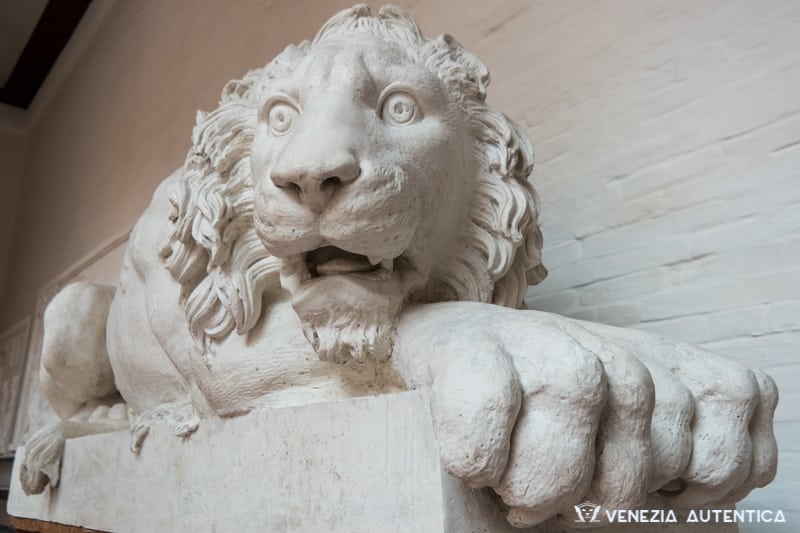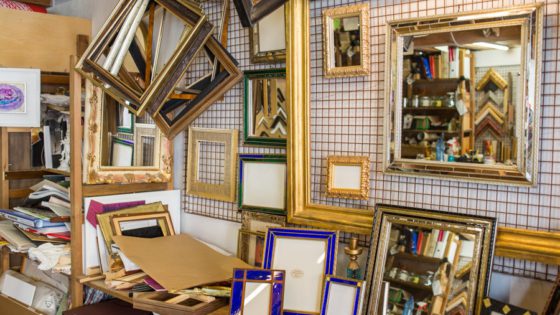Built after the fall of the Serenissima, the ``Accademia`` hosts a great variety of pre-19th century Venetian Art
The Napoleonic administration at the end of the Serenissima, had disbanded many institutions in Venice including some churches, convents and Scuole. The Scuola Grande di Santa Maria della Carità, the Convento dei Canonici Lateranensi and the church of Santa Maria della Carità thus became the home of the Accademia in 1807, and were used for hosting some of the many pre-19th century art pieces taken from the dismantled institutions. The Scuola della Carità, built in 1343, was the oldest of the six Scuole Grandi; The Convento dei Canonici Lateranensi, started in 1561 by Andrea Palladio, was never completed; Santa Maria della Carità was completed in 1441 by Bartolomeo Bon.
The already existing Veneta Academia di Pittura, Scultura e Architettura was renamed to Accademia Reale di Belle Arti,”royal academy of fine arts”, and moved to the Scuola della Carità, where the Gallerie dell’Accademia are still housed today.
The collections of the Accademia, which were first opened to the public on 10 August 1817, display a very rich collection of Venetian paintings from Veneto as well as from the Bizantine and Gothic fourteenth century, as the artists of the Renaissance (Bellini, Carpaccio, Giorgione, Veronese, Tintoretto and Tiziano) until Gianbattista Tiepolo and the “Vedutisti” of the eighteenth century (Canaletto, Guardi, Bellotto, Longhi), who influenced the whole history of European painting.
Find this location, on the map
To find more places, by location, you can consult our interactive map
Our selection of places to explore and where to eat, drink, shop …





